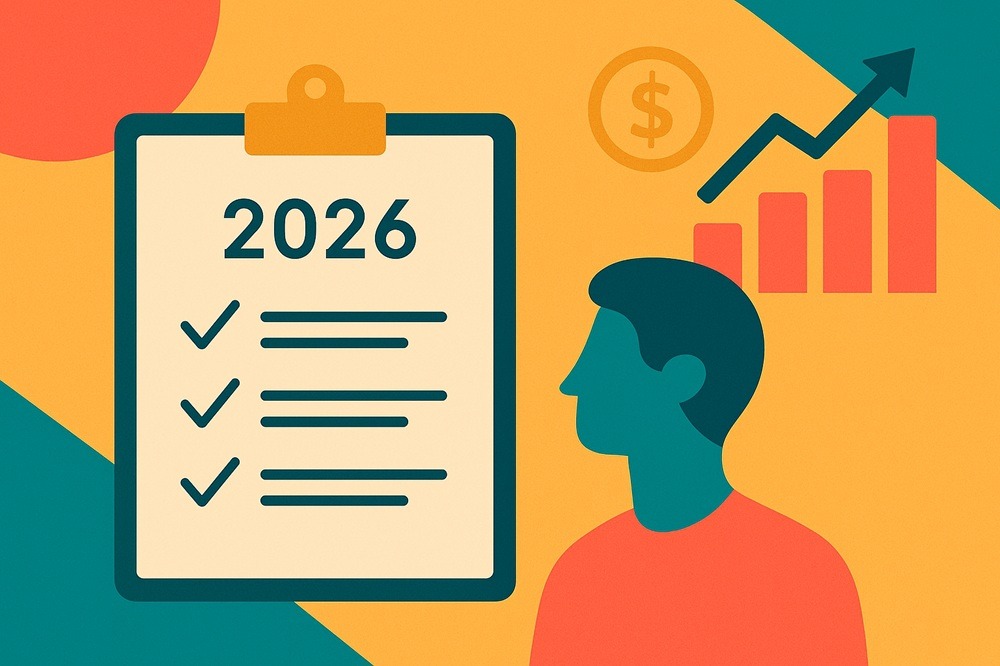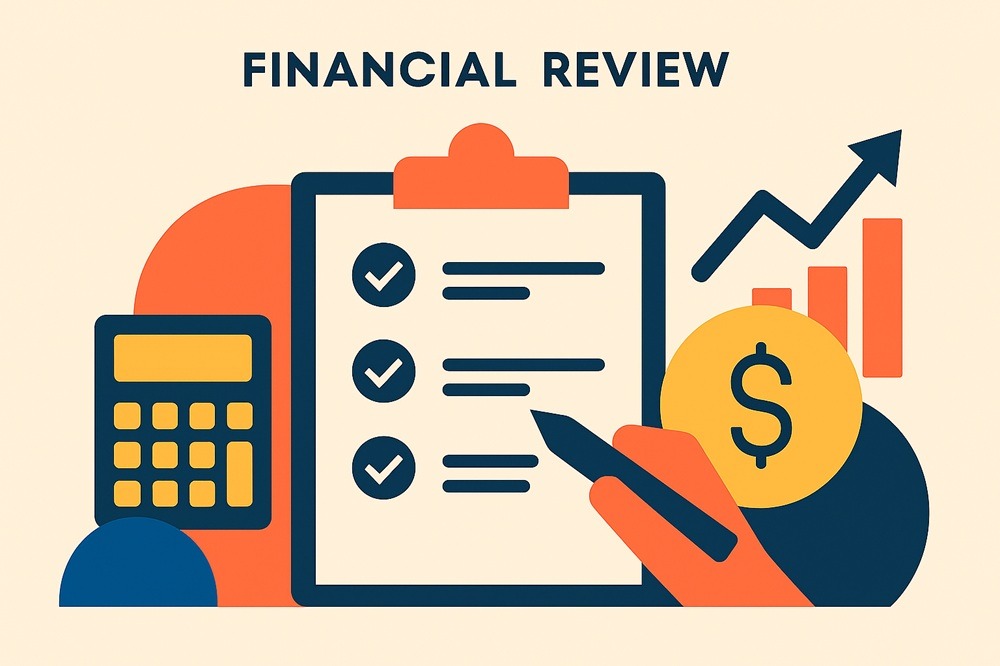How to Build a Sustainable Family Budget

With the rising cost of living and inflation affecting many households, Australian families are feeling the squeeze. The Consumer Price Index (CPI) increased by 3.8% over the twelve months to June 2024, making it essential to create a sustainable budget. Here’s how you can manage your finances effectively while being mindful of both your wallet and the environment.
Understanding Your Financial Situation
Before we get fancy, let's nail down the essentials. Track your income and expenses for a month to get a clear picture of your financial situation1. This might seem tedious, but it's eye-opening! You might be surprised where your money's actually going.
Set Realistic Goals: Be honest with yourself. Are you aiming to save for a holiday, pay off debt, or just stop living paycheck to paycheck? Whatever it is, write it down and make it tangible.
A Simple Framework
This straightforward budgeting method can help you allocate your funds wisely:
- 50% for needs (rent, groceries, utilities)
- 30% for wants (dining out, entertainment)
- 20% for savings and debt repayment
Feel free to adjust these percentages based on what works best for your family. For example, your percentages may look something like this instead:
- 70% for everyday living costs
- 20% for savings
- 10% for splurging (because life's too short not to have a little fun!)
Involve the Whole Family
Budgeting doesn't have to be a solo mission. Make it a family affair!
Kids Can Budget Too: Give your children age-appropriate tasks. Maybe they can help compare prices at the supermarket or brainstorm free weekend activities2. It's never too early to start learning about money management.
Smart Shopping Practices
Being budget-conscious often aligns with eco-friendly choices.
Shop Second-hand: Kids grow quickly, so consider buying pre-loved clothes and toys. It’s easier on your budget and better for the planet.
Bulk Buying: Purchase non-perishable items when they’re on sale. Just ensure you’ll actually use what you buy — no one needs a mountain of tinned beans!
Meal Planning Made Easy
With food prices rising by 3.4% in the year to August 2024, planning meals can save you money.
Cook at Home: Preparing meals yourself is healthier and cheaper. Plus, it can be a fun family activity!
Start a Veggie Patch: Even if you're not a green thumb, starting small with some herbs or cherry tomatoes can save you a few dollars and add fresh flavour to your meals.
Managing Childcare Costs
Childcare expenses can take a big chunk out of your budget. Here are some ideas to help:
Government Assistance: Check if you qualify for the Child Care Subsidy; every bit helps in today’s economy.
Alternative Options: Look into family daycare or set up a babysitting co-op with trusted friends or neighbours.
Affordable Education and Activities
Investing in your children’s education is important, but it doesn’t have to be costly.
Community Resources: Many local libraries and community centres offer free or low-cost activities that can keep kids engaged.
Focus on Quality Over Quantity: Instead of enrolling your children in every activity available, choose one or two that truly interest them. This will save money and time.
Planning for the Future
While managing day-to-day expenses, don’t overlook long-term goals.
Build an Emergency Fund: Aim to save three to six months’ worth of living expenses. Start small; every little bit adds up over time.
Superannuation Matters: Although retirement seems far away, paying attention to your superannuation now will benefit you later on.
Creating a sustainable budget isn’t about sacrificing enjoyment; it’s about making informed choices that reflect your values and financial goals. Small adjustments can lead to significant improvements over time. So, gather the family, brew some tea, and start planning for a financially sustainable future today!



